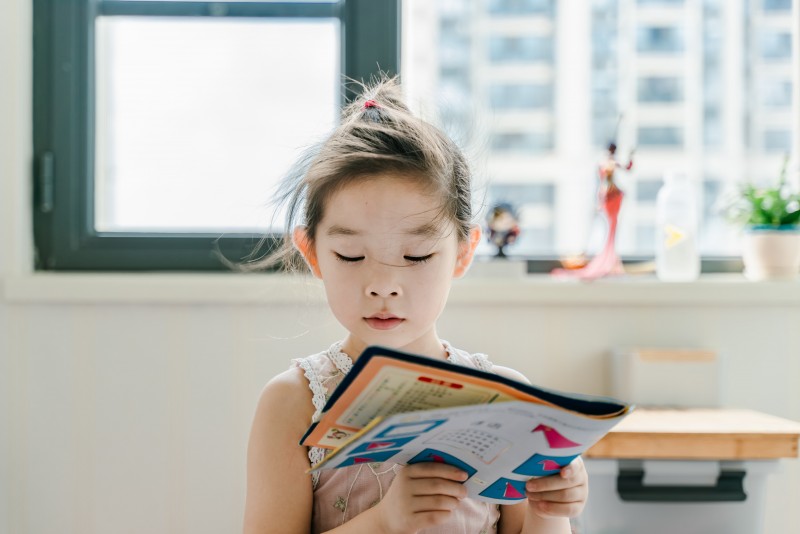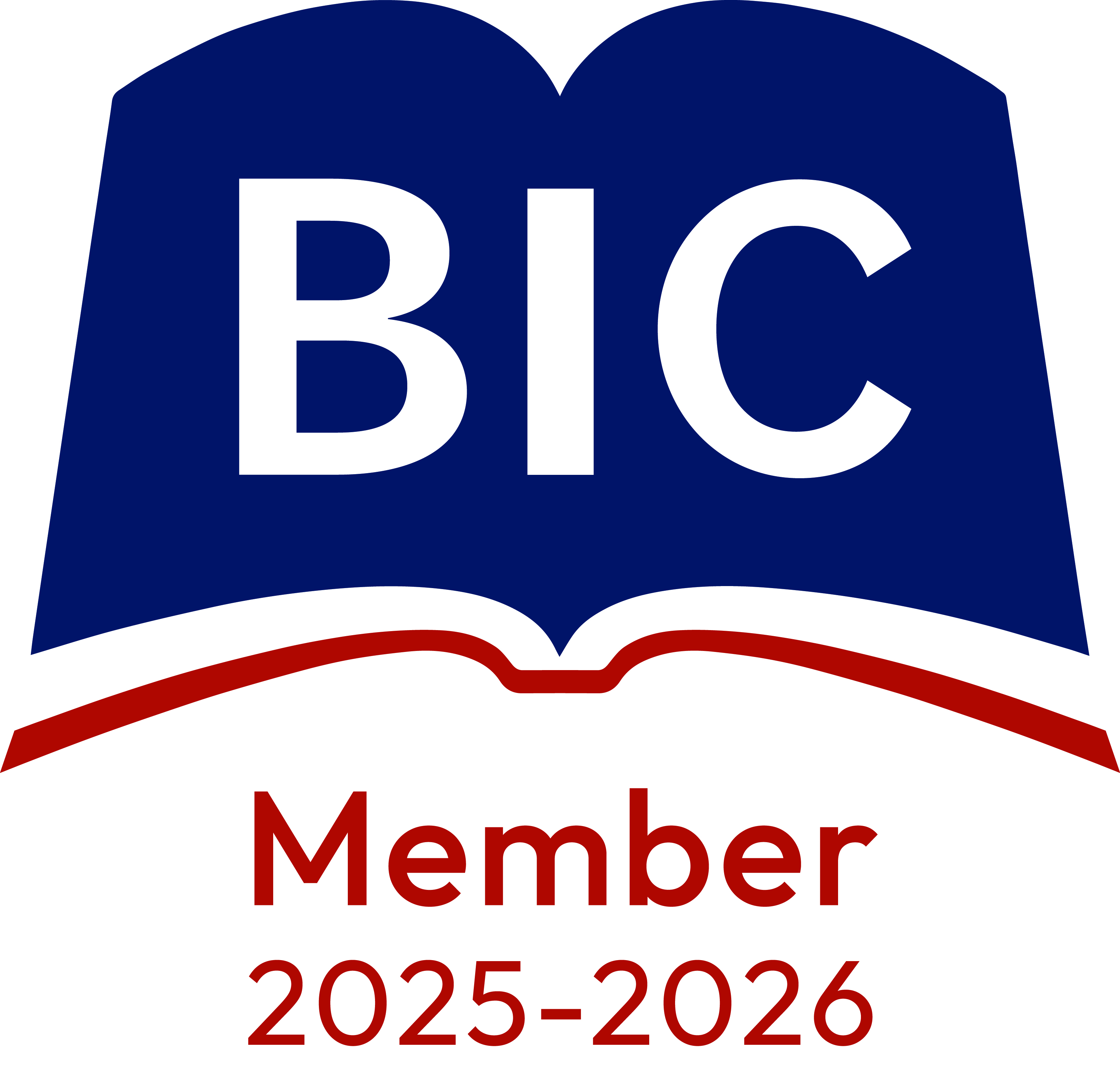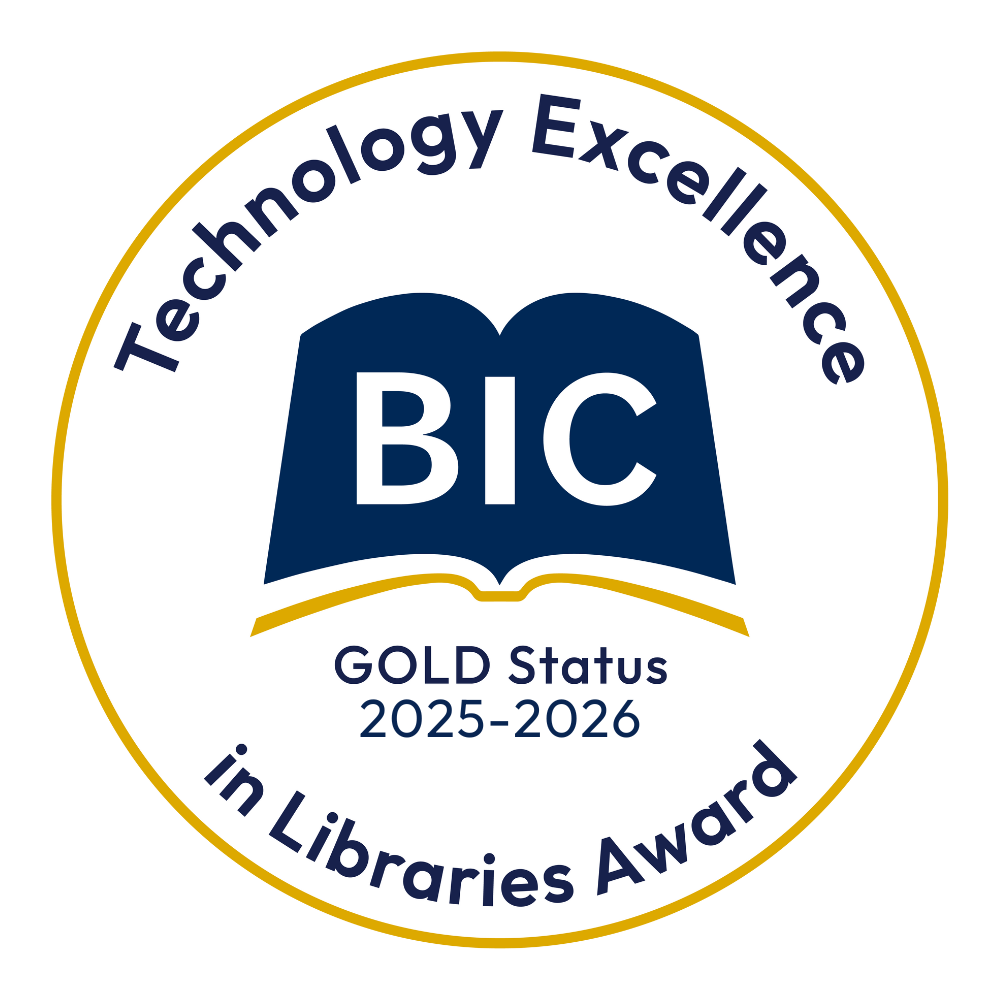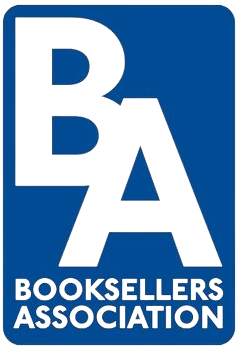For help, advice and telephone ordering call our team on 0121 666 6646
Are you sure you wish to delete this basket?()
This action cannot be undone.
Sorry, something went wrong
Please report the problem here.
How to ensure your school has diverse and inclusive books

November 1st 2021
Have you ever considered how diverse and inclusive the books in your school are? Do the stories being told reflect the race and cultural heritage of your pupils as well as their gender, sexuality, disability, neurodiversity or family background?
Awareness of the importance of diverse and inclusive books has grown in recent years, with publishers making efforts to improve representation in children’s literature, but there is still a long way to go. So, why is diversity and inclusion in children’s books important and how can you ensure your school has a wide range of books which appeal to and include all of your pupils?
Why diverse and inclusive books are important in schools
Books create belonging. They help children see each other and understand one another, so it’s important that the literature they read reflects the diversity of the community they live in.
However, according to EmpathyLab, our young people are growing up in a society with a major empathy deficit, with hate crimes at a peak and increasing concerns about the negative effects of social media. Set up in 2014, EmpathyLab is the first organisation to aim to build children’s empathy, literacy and social activism through the use of high-quality literature in schools. Their strategy builds on new scientific evidence showing the power of reading to build real-life empathy skills. Their research shows that when young people identify with book characters they learn to see things from other people’s points of view – so as they read they build their empathy skills.
What is being done to promote diverse and inclusive books
This month, the Centre for Literacy in Primary Education (CLPE) is due to publish its fourth annual Reflecting Realities report, which looks at the representation of ethnic minorities in children's literature.
Last year’s report revealed that during the previous three years, only 7% of the entire industry output featured ethnic minority characters, yet 33.5% of pupils are from a black, Asian or ethnic minority background. However, there has been a small but steady increase in ethnic minority characters – growing to 10% in 2019.
The CLPE wants to fill schools with quality inclusive and representative literature that reflects the realities of pupils and broadens the outlook of readers.
Working with schools to improve representation
According to Penguin’s Lit in Colour campaign, fewer than 1% of students study a book by a writer of colour at GCSE.
In response, the campaign is working with schools and exam boards to introduce diverse set texts and has commissioned ground-breaking research to shine a light on barriers preventing more books by black, Asian and minority ethnic writers from being taught in the classroom, and to make recommendations for change.
Organisations such as Inclusion Labs are also working with schools to empower them to be active and accountable in creating an inclusive community for every pupil.
How to ensure your school has diverse and inclusive books
If you’re unsure how to source books that reflect all of your pupils’ experiences, our team of curriculum specialists have some expert tips on how to choose diverse and inclusive books for your school. By following these tips, you’ll soon build a diverse school library and collection of set texts that reflect the realities and experiences of your pupils and encourage empathy both inside and outside the classroom.
- Even if you just have a small budget, update your book stock wisely each year
- Use the themed keywords on our website to find stories featuring autistic characters, for example. We have keywords for autism, LGBT, disability, BAME characters and BAME authors amongst others
- Look out for what relevant and diverse publishers are doing. Check out Knights Of and Lantana for inspiration
- Keep an eye out for recommendations on social media and follow diverse authors such as Malorie Blackman, Benjamin Zephaniah, Jason Reynolds, Onjali Rauf, Alex Wheatle and many more
- We have book packs available to do some of the work for you covering topics including BAME and Black History. Alternatively, our team can advise on the best new diverse books from a wide range of publishers.
Useful links
National Literacy Trust https://literacytrust.org.uk/resources/celebrate-black-history/
Black British Book Month https://literacytrust.org.uk/resources/black-british-book-map/
Lit in Colour https://www.penguin.co.uk/campaigns/lit-in-colour.html
Reflecting Realities https://clpe.org.uk/research/clpe-reflecting-realities-survey-ethnic-representation-within-uk-childrens-literature
The Black Curriculum https://theblackcurriculum.com/
Inclusion Labs https://inclusionlabs.co.uk/
Useful Peters' links
Peters’ map search https://peters.co.uk/map-search
Peters’ diverse book lists https://peters.co.uk/diverse-and-inclusive-books




